Abstract:
Dietary fiber has a number of other physiologically beneficial effects interrelated to reduce the risk of cancer and heart disease. (Barry V. and Leon P., 2001). Extensive epidemiologic evidence supports the theory that dietary fiber may protect against large bowel cancer. Correlation studies that compared colorectal cancer incidence or mortality rates among countries with the estimates of national dietary fiber consumption suggested that fiber in the diet may protect against colon cancer. Data collected from 20 populations in 12 countries showed that average stool weight varied from 72 to 470 g/day and was inversely related to colon cancer risk (Alberts DS et al., 2000). When results of 13 case-control studies of colorectal cancer rates and dietary practices were pooled, the authors concluded that the results provided substantive evidence that consumption of fiber-rich foods is inversely related to the risk of both colon and rectal cancers (Bonithon-Kopp C et al., 2000). The authors estimated that the risk of colorectal cancer in the US population could be reduced by about 31% with an average increase in fiber intake from food sources of about 13 g/day. Fibersol-2 is a soluble white powder fiber extracted from cornstarch, containing about 90% of indigestible component (Ohkuma et al., 1990). Ohkuma & Wakabayashi 2001 estimated that fibersol-2 reaches the large intestine undigested where it is partly fermented by bacteria, producing short-chain fatty acids (SCFA) with the remainder being excreted in the feces. Fibersol-2 can also help regulate blood sugar and reduce the risk of some lifestyle-related diseases. Test show fibersol-2 can increase both bowel regularity and fecal volume (Matsutani Chemical Industry Co. Ltd.).
In the present study, low cost and healthy method for desalting fibersol-2 is called “yeast application for desalting fibersol-2”; compare to ion exchange chromatography method for desalting fibersol-2. The product fibersol-2 desalted by yeast prevents obesity, diabete and colon cancer. The method of yeast application for desalting fibersol-2 applied brewing yeast saccharomyces cerevisiae to separate a high-molecular weight fraction from free glucose (A.O Banggoura et al., 2006). In this method Saccharomyces cerevisiae was inoculated into the hydrolysate pyrodextrin. Finally, the yeast was removed by centrifugation (700g for 40min). The glucose removal rate is proved by the absence of the glucose running time in the chromatogram; and the recovery is 64%. The use of strongly acid cation exchange resin for chromatography, produces chemicals substances mixed with the prepared fibersol-2, which is not healthy. The in-vivo evaluation results indicated that fecal volumes were increased for the mice fed with fibersol-2 desalted by yeast, compared to the other references groups. These results were also the same for the weight of the urine from mice fed with fibersol-2 desalted by yeast, which were also increased as compared to the other groups with the same feed consumption. Consumption of fibersol-2 desalted by yeast helps digestive system clean, prevents against obesity and colon cancer.
Keywords: Fibersol-2 desalted by yeast, Strongly acid cation exchange resin, Obesity, Colon cancer, Saccharomyces cerevisiae.




